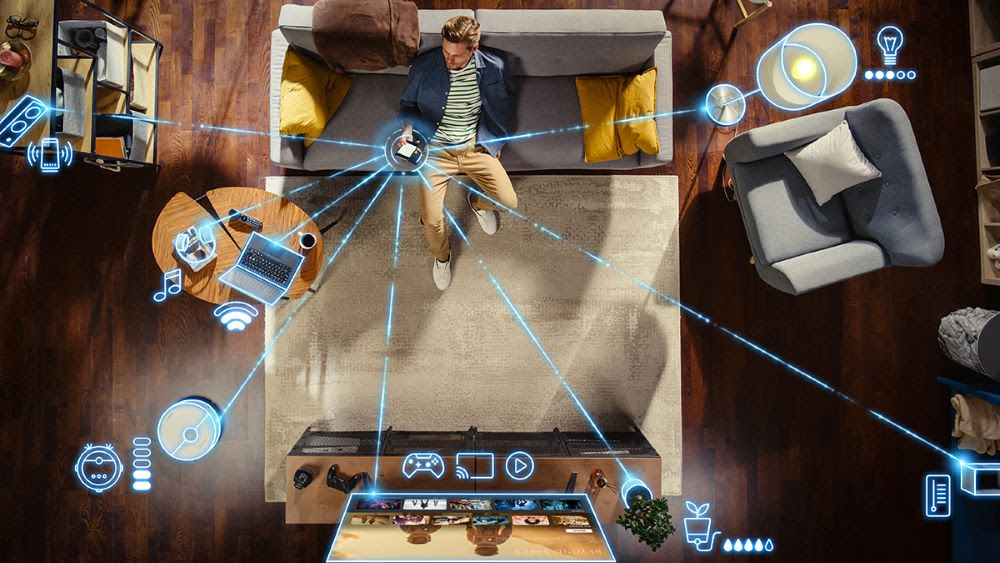A Third Way? DSL, Cable: Meet PBL
I remember greeting the announcement with incredulity: Enron, a Houston-based utility company I'd never heard of, was vowing to enter the video-on-demand market by delivering movies over electric lines.
This was waaay back in broadband history, maybe 1999, and I recall no one in the cable industry trembled, despite Jeffrey Skilling and other Enron honchos vowing broadband would boost Enron's stock 50 percent. By early 2001 the venture had died in testing, with the entire broadband unit and the seventh largest U.S. company soon to follow. How Skilling, Fastow and others deceived millions of investors (and reporters, I might add) is worthy of its own column, but in the meantime the original technology of broadband over powerline (BPL) appears to be reawakening.
Delivering the jolt is none other than the Michael Powell-led FCC. It is eminently admirable to watch a slow-as-molasses-in-January regulatory arm embrace a high-speed alternative, and it seems Powell, et al., have embraced the concept of a "Third Way" in the broadband market, where BPL could compete with DSL and cable to bring down unsightly subscription costs.
The FCC last month announced it would file a notice of inquiry to examine how powerlines could deliver broadband services.
"Multiple broadband-capable platforms," Powell hailed, "will transform the competitive broadband landscape and reap dramatic windfalls for American consumers and the economy."
Never one to miss out on a windfall, I took a closer look at powerline. What I found certainly looks promising, but how many years it'll take to get to Joe Consumer is still vague.
THE UPSIDE
First, there are two types of powerline technology the FCC's inquiry will address. Access BPL employs "medium voltage" powerlines ranging from 1,000 to 40,000 volts to deliver broadband service to buildings via any electrical outlet. Customers would only need a direct powerline-to-home connection to tap into the network. In-house BPL, or powerline networking, could then take over by distributing the signal in the home. Powerline networking has been around for some time as a complement to Wi-Fi, and is based on the HomePlug 1.0.1 standard set by the HomePlug Powerline Alliance.
FCC officials say the technologies are already proven; what they want to do is minimize BPL's conflicts with other technologies. A speed boost would also be helpful. Current systems combining RF energy with AC electrical wiring already work, but are too slow. Speedier chipsets and better modulation, however, can accelerate speeds into viable broadband territory.
Companies are already delivering second-generation powerline solutions that combine modest form factors (a doohickey slightly larger than an AC adapter) with a sub-$100 price. Siemens, NetGear and others, for example, have products that act as a wireless access point connecting to a powerline network touting speeds of up to 14 Mbps, with realistic throughput around 7-8 Mbps.
Wi-Fi is by far the dominant home networking choice over powerline, with a touted range of 150 feet indoors and a wide range of products available at reasonable prices in stores. But interference with walls, cordless phones and microwaves can all prove vexing. And don't forget that Wi-Fi alone cannot deliver broadband. If you're not lucky and technically savvy enough to have a wireless high-speed network in town, you still need to pay the $40 per month or more to get DSL or cable modem service.
Despite its own technical and interference issues, which appear surmountable, BPL faces its biggest challenge in the form of the same type of monolithic industry that held back DSL and cable broadband for so long.
Enron was no accident. Problem is, folks just don't pay much attention to utility companies because they're about the most boring things on earth, just behind slugs-that is, until you get your electric bill or if you live in California. Privately held cable companies are also boringly stuffy, which is why it was no surprise to me to see Adelphia on the feds' hit list.
But the good news here is the privatization of utility companies. Just recently I received a notice that I actually had a choice of New York electricity providers in my area. These new providers are already distinguishing themselves with a customer-friendly approach, environmental sensitivity and flexible payment plans.
The ray of hope for BPL is that some of these new upstarts will latch onto broadband's promise, work closely with powerline and Wi-Fi networking providers, and deliver low-cost, all-in-one solutions to brand and differentiate themselves from their competitors. They've already got the FCC on their side, which is a promising beginning.
But there's also the specter of Enron hovering over the whole affair. Any company promising BPL had better have its proof in place before I start believing in any "consumer windfall" Powellian utopia.
In the post-Enron world, promises mean spit.
You can reach Will at willworkman@hotmail.com.
The professional video industry's #1 source for news, trends and product and tech information. Sign up below.
